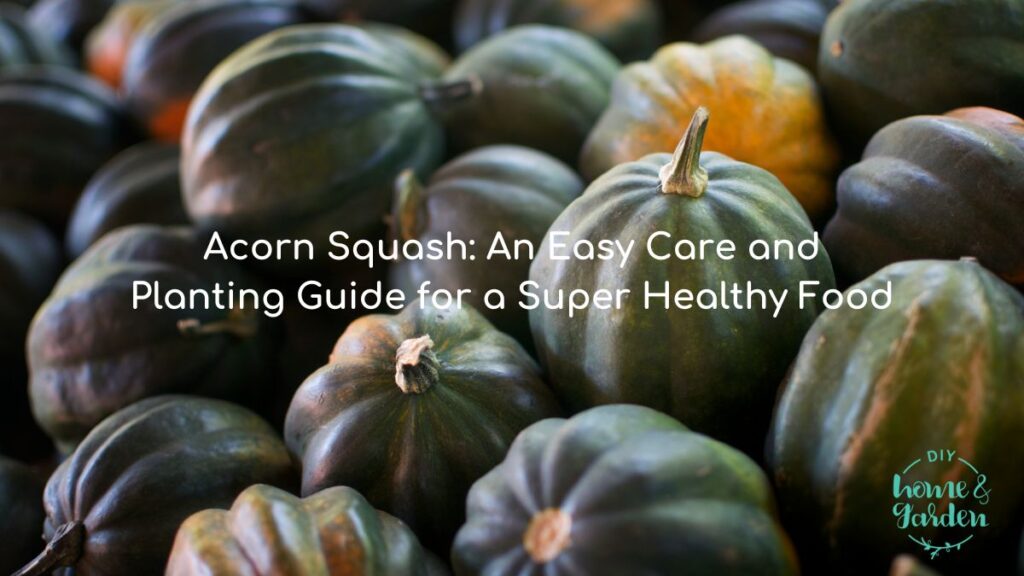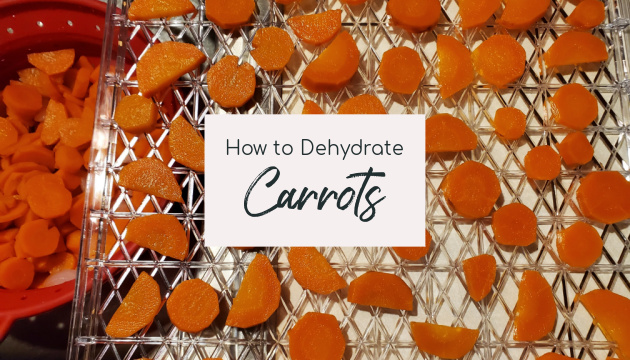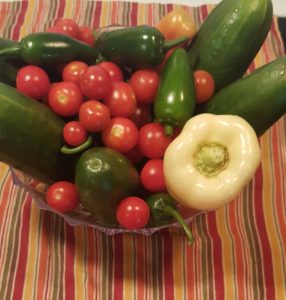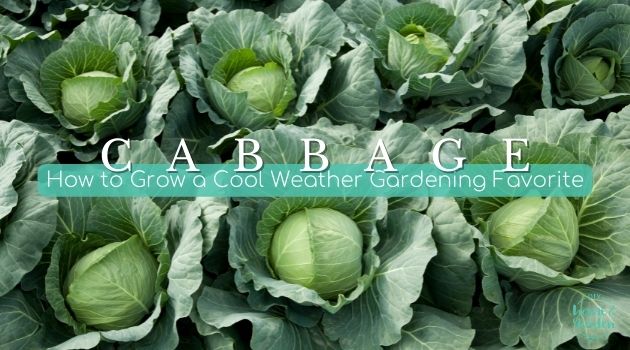.A lot of people don’t have the right amount of fruits and vegetables in their diet. Trying to get the right balance of these foods that are so good for us. For them to contain all the vitamins and minerals we could need to be healthy and function properly is crucial.
This is why some people have taken to growing their own fruit and vegetables. They know just what’s in the produce because they’ve grown it themselves. Plus, it’s easier to include it in their diet since it’s always just there, ready to be harvested. No trip to the store is required.
Why is this important? According to the CDC, only one in every ten adults consumes enough fruit and vegetables.
Whether you have a large outside space, you’re limited to a small patio, or you’ve no backyard at all, growing fruit and vegetables for yourself is still entirely possible. Indeed, you can grow many varieties (even lemons and strawberries) indoors, despite the fact that they require sunshine to thrive. A sunny windowsill with enough room for a few pots can be perfectly adequate. And you may even a use dark basement as the ideal space for growing everything you need to keep yourself healthy if you use grow lights.
As you can see, it’s not as hard as it might initially seem to get more fruit and vegetables into your everyday diet. Whether you grow them yourself or you buy them from a store, you may well be surprised at just how easy it is to do. Read on to find out more.
1 – Add Fruits and Vegetables to Your Breakfast
They say that breakfast is the most important meal of the day. So it’s an important meal not to miss out on. This is because you have gone a long time since your last meal. And so the sooner you can wake up your metabolism by eating once you get out of bed, the quicker your body and brain will be ready for the day ahead. Many people skip breakfast because they don’t have a lot of time in the morning. But this is never a good idea. And, when you have plenty of fruit and vegetables to hand, you never have to, even if you’re running late.
Something as simple as an apple or a few strawberries can be enough to help stave off your hunger pangs and awaken your senses. If you have more time, you can add fruit to your bowl of cereal or yogurt. But if you’re short on time you can grab a handful and eat it ‘as is’. Or what about a smoothie? You can put fruit and vegetables together in a blender along with some yogurt or milk and create a smoothie that you can take with you as you rush out of the door.
2 – Pull Double Duty
A good trick for using up more of the fruit and vegetables you grow at home is to eat more of them. It’s actually not a trick at all and may seem rather obvious. But if you have a lot of spare produce, just add more to your plate, and eat it instead of something else.
It’s far better for you to have most of the items on your lunch or dinner plate fruit or vegetable related, and only have a small amount of meat (especially processed foods). So by taking double the amount of healthy food as you would normally have and forgoing something else that might not be quite as healthy, you are not only using up what you grew, but you’re being healthier too.

3 – Switch Ingredients
Fruit and vegetables are incredibly versatile, and they can be used in place of a plethora of other, less healthy, options. Take rice, for example. Although rice isn’t unhealthy per se (especially brown rice), if you were to switch it to cauliflower, your dish would instantly be even better for you. Cauliflower rice is simple to make at home, and you can use it as a side for a variety of different dishes.
Other swap ideas include the following:
- spaghetti squash instead of pasta
- eggplant instead of lasagna sheets
- cabbage instead of noodles
- butter beans instead of potatoes
Take a look at your dishes and work out which items are the least healthy on your plate; there may well be a better, vegetable-based alternative for you.

4 – Give Away Extra Fruits and Vegetables
If things have gone well in your growing ambitions then you might not be able to eat everything. Even if you’re being ultra-healthy, it could still be far too much for one person – or even one whole family – to handle. In this case, you could give it away.
Other friends and family members who could be struggling to eat enough good stuff as you did at the beginning will be grateful to you if you give them what you can’t use. Even if they do eat enough, receiving fresh, home-grown items instead of buying them is a definite bonus.
You might not be making any money from the situation, but that’s not always necessary. Not everything needs to be monetized in life. If the fruit and vegetables were going to be thrown in the trash because they couldn’t be used, then why not give them to someone who will want them and can make use of them?

5 – Freeze Your Leftover Fruits and Vegetables
You can’t freeze all fruits and vegetables. However, you may for the vast majority. So if you have enough space in your freezer, you can easily harvest everything at the right time. Then you can use what you need and freeze the rest. This means that you’ll always have your favorite fruit and vegetables available all year round, even if it’s not the right growing time for those products.

The best way to freeze fruit and vegetables is to use specially designed freezer bags. This way, the products will remain safe and frost-free in the freezer. And yes, they will be perfectly edible once you remove them and cook them in a delicious meal.

